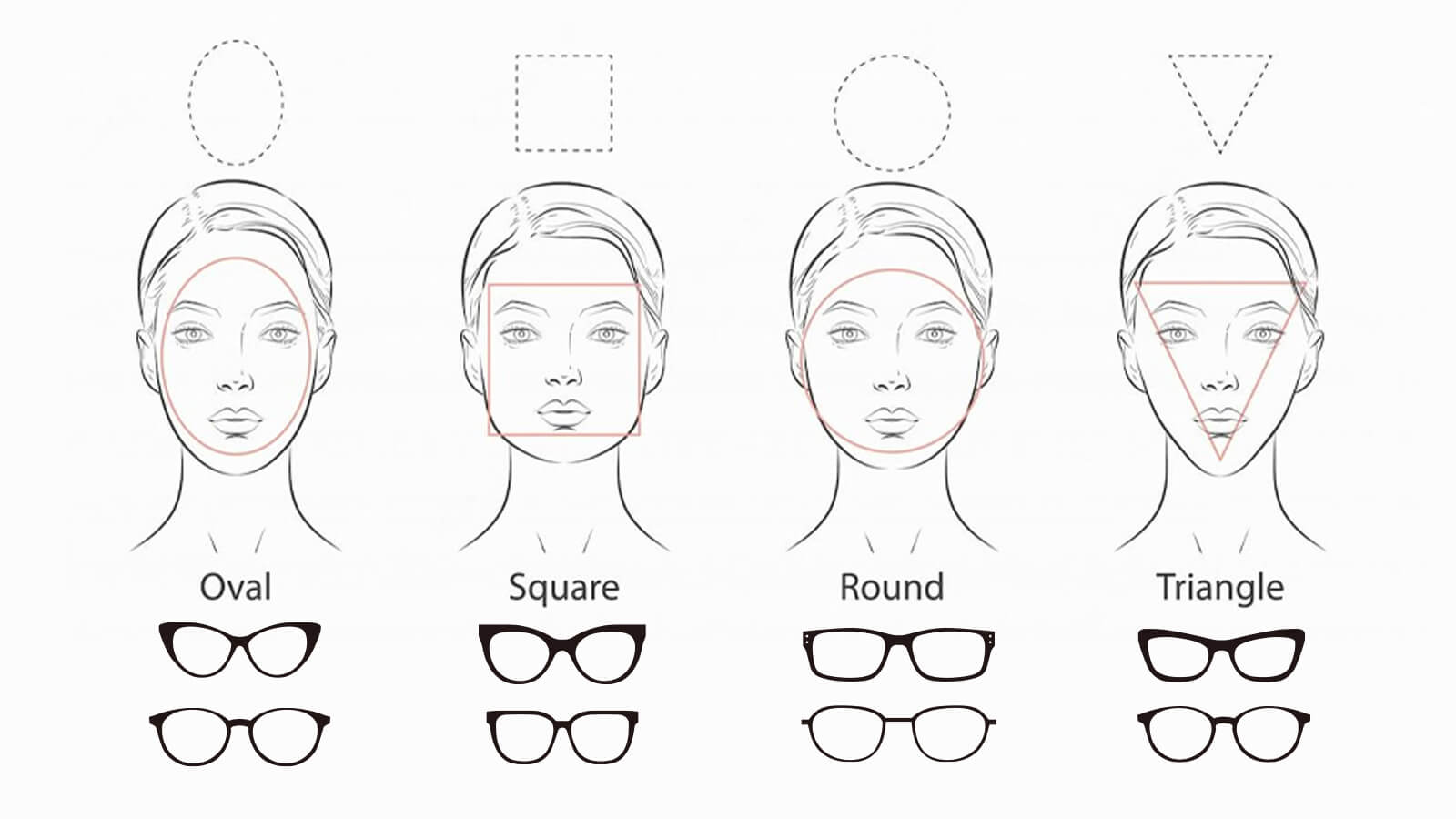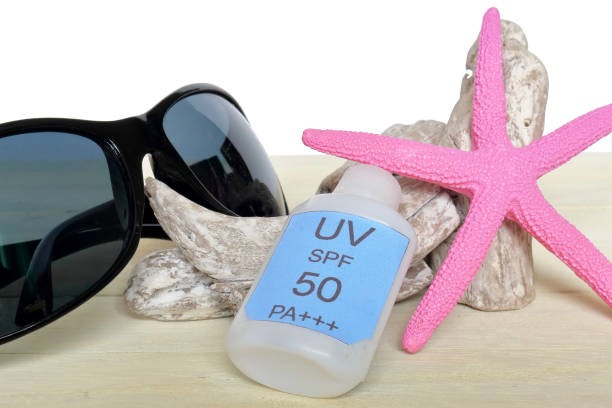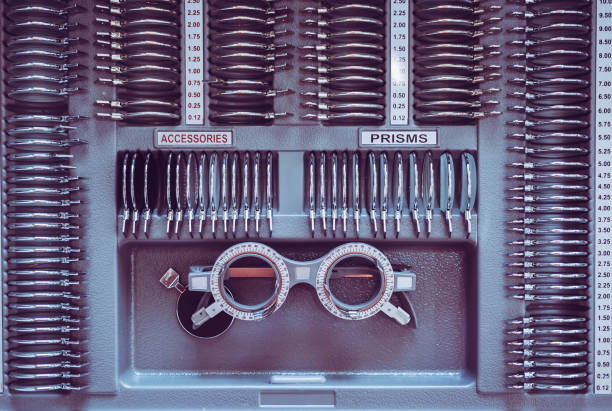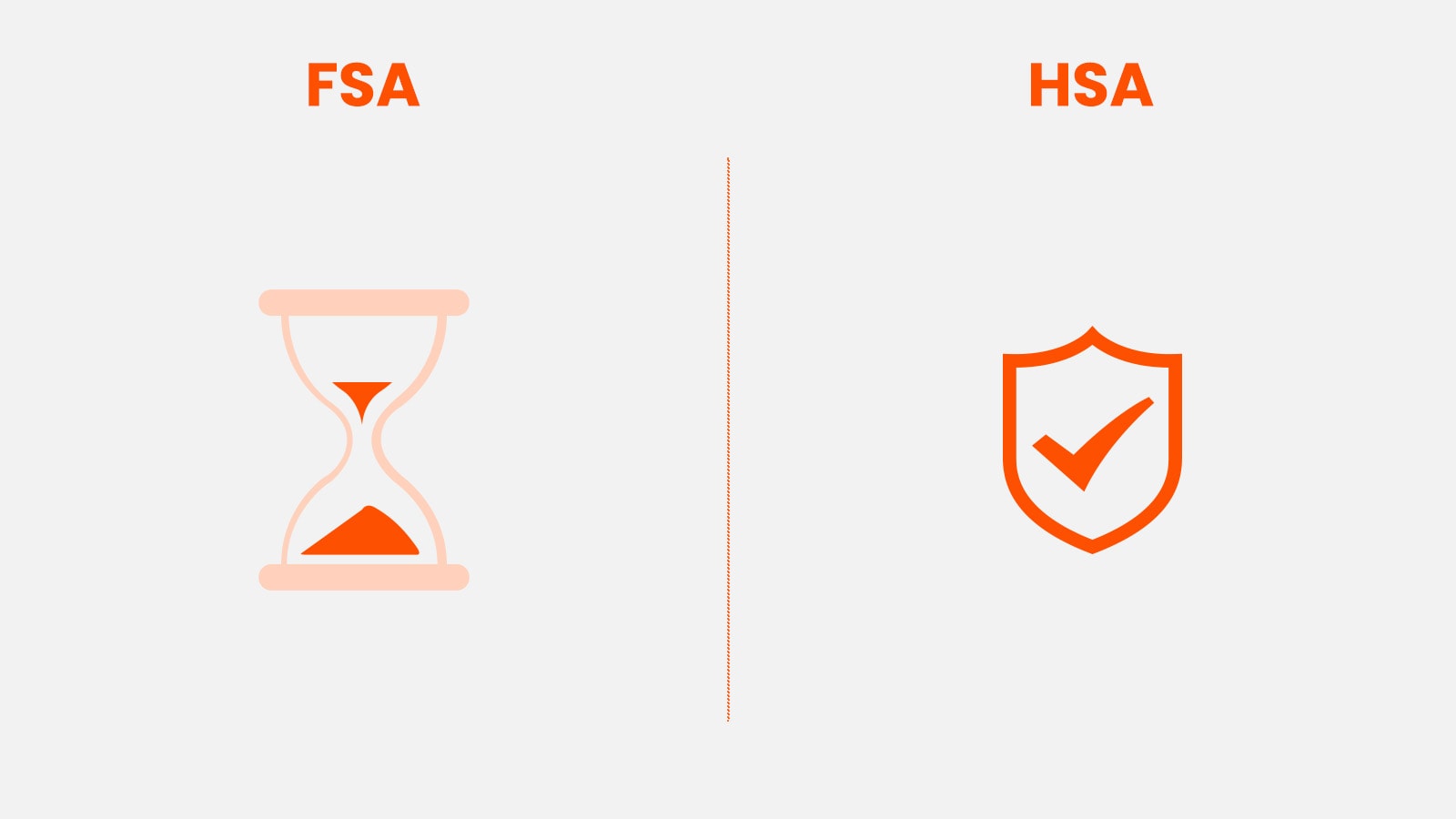
Guide to Picking Glasses That Suit Your Face Shape Perfectly
February 27,2023

What is Boho Style? A Comprehensive Guide to Boho-Chic Fashion
February 13,2025

Virtual Glasses Try On - Find Your Perfect Pair Online
April 02,2024

UV Protection Glasses VS. Blue Light Glasses - Vooglam
July 20,2023

Newest Style Modern Trendy Mens Glasses | Vooglam
March 01,2024

Stylish Reading Glasses: Blending Fashion with Functionality
February 16,2023

What are photochromic lenses & glasses?
September 22,2023

Brown Eyes: The Beauty of the Most Common Hue
September 01,2024

The chubby face glasses for round face female
August 02,2023

What are prisms in eyeglasses?
March 20,2023

What are Bifocal Lenses? - Vooglam
April 14,2023

How to Read Your Eyeglass Prescription?
March 11,2023
High-Index Lenses Explained: Thinner, Lighter, and Better for You?
If you have a strong prescription, you know the struggle. Thick lenses. Heavy frames. That “Coke bottle” look that never feels fun. But what if you could get the same vision in a lens that looks better and feels lighter? That is what high-index lenses do.
In one line: High-index lenses use special materials to make strong prescriptions look thin and feel light.
In this guide, you will learn what are high index lenses, how they work, who should wear them, and what styles look best. You will also find out if they are worth your money.
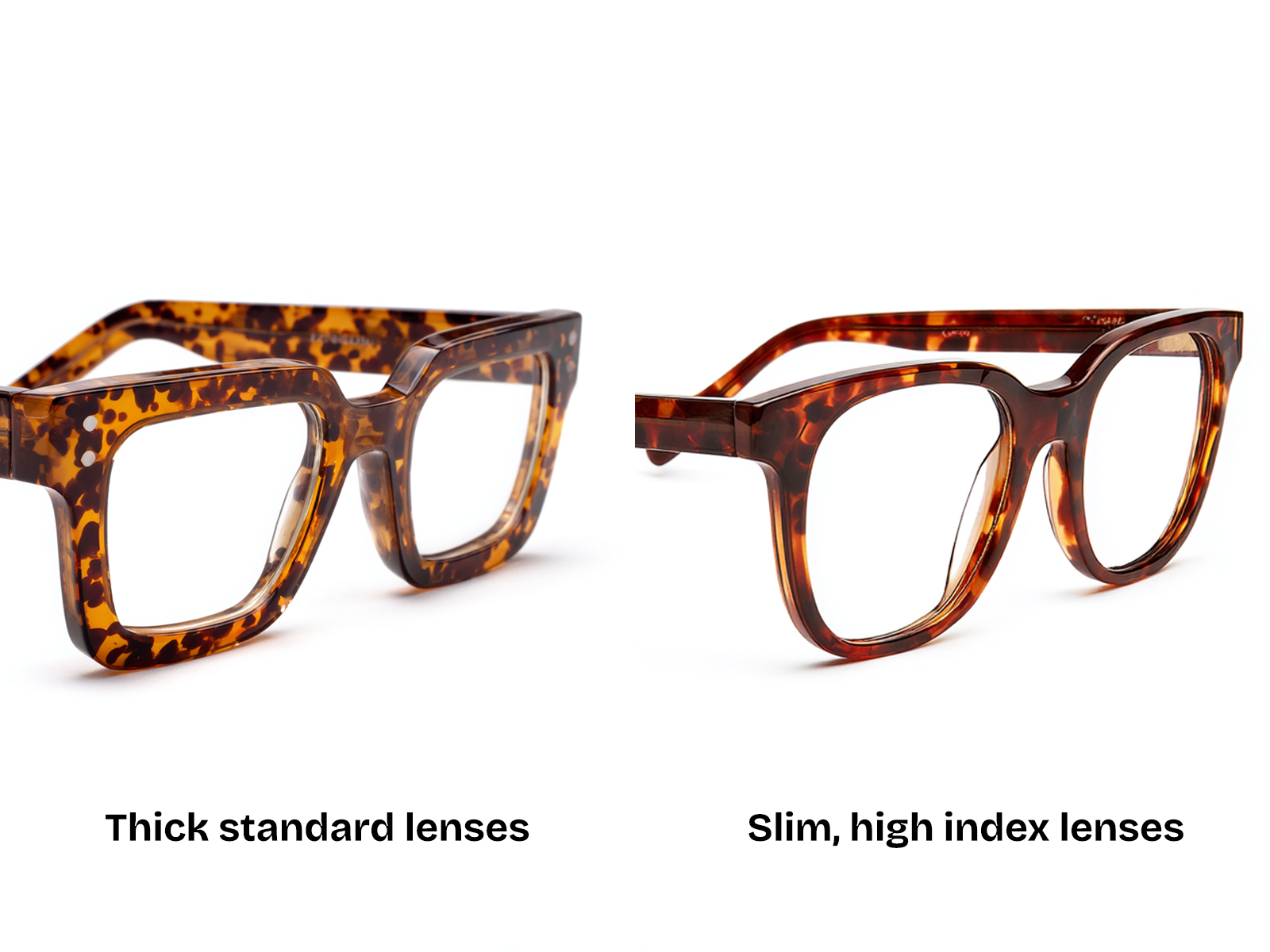
What Are High-Index Lenses & How Do They Actually Work?
High-index lenses are not magic, but they come close. The word “high-index” means the lens material bends light better than normal plastic or glass. This means it takes less material to fix your eyesight. Less material means a thinner lens.
But there is more. These lenses often use an aspheric design. That is a fancy way of saying the lens has a flatter curve. This makes your glasses not just thinner, but also less bulky-looking.
What are high index lenses made of? High-index lenses are made from dense plastic polymers. Not glass. These plastics are strong but light. The “index” number tells how much the material can bend light. Most regular plastic lenses are 1.50 index. High-index lenses start at 1.61 and go up to 1.74.
The higher the number, the thinner the lens. But thinner does not always mean better. The higher the index, the more the lens may cause color fringes. This is due to a low Abbe value. It is the number that tells how clear your side vision will be. Lower Abbe values can mean more blurriness or rainbow-like edges.
Key Considerations: Are High-Index Lenses Right for You?
Not everyone needs high-index lenses. If your prescription is mild, let’s say around ±1.00, you can skip them. If your number is around ±2.00 or higher, they can help. If it is ±4.00 or more, high-index lenses can change your life.
They work for nearsighted people. They also help farsighted people. Both groups get thick lenses with regular material. High-index solves that.
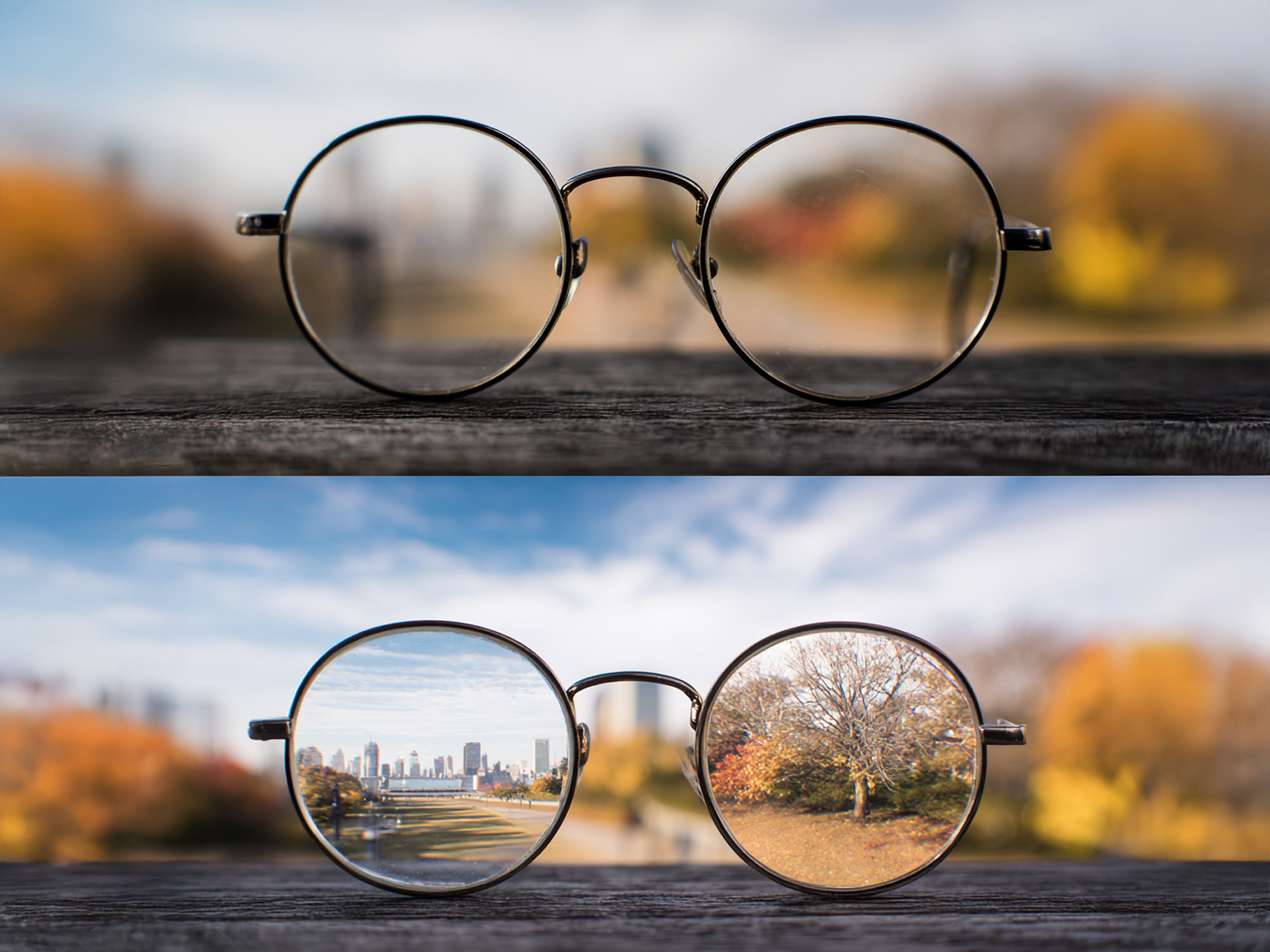
The Pros (The Benefits):
Aesthetics. No more thick glass bulging out of your frame. These lenses are smooth, slim, and cool.
All-Day Comfort. Less weight means less pressure on your nose and ears.
You get more freedom. Want to try rimless or thin metal frames? Go ahead. High-index lenses make it possible.
They protect your eyes. All high-index lenses block 100% of UV rays. That is built in.
The Cons (The Downsides):
They cost more. Yes, they are premium lenses. So you will pay more.
They reflect more light. The surface of high-index plastic is more reflective. That means you need a good anti-reflective (AR) coating. Do not skip it.
They are a bit brittle. Not as tough as polycarbonate. So, do not get them for kids or sports.
You may notice color fringes. Remember that Abbe value? Lower Abbe means you may see a rainbow edge when you look sideways. It is not a dealbreaker. But it is real.
Style & Appearance: A Guide to Looking Your Best
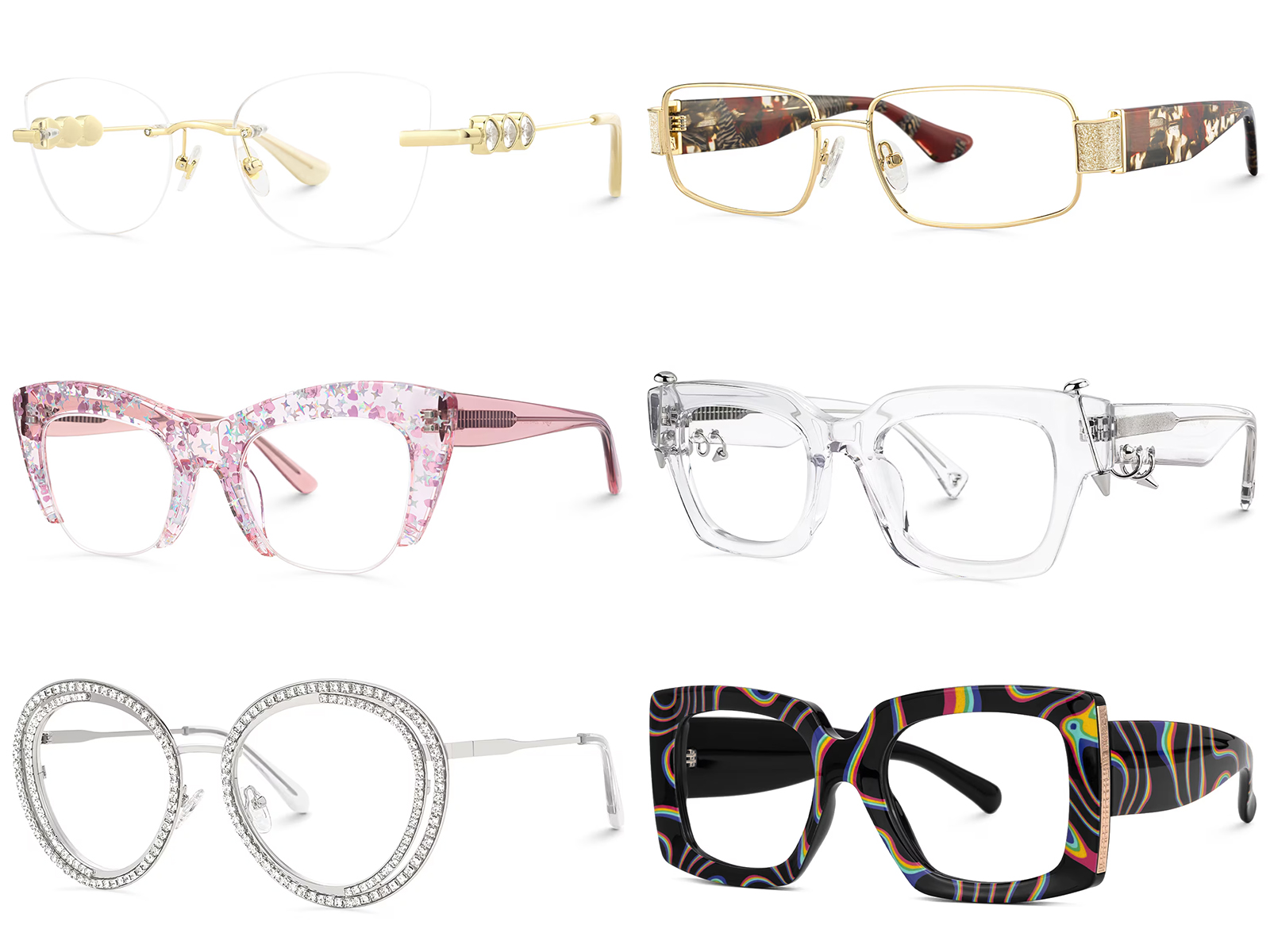
Worried about “bug eyes”? Farsighted lenses can make your eyes look huge. Nearsighted ones can make them look tiny. High-index lenses with aspheric design reduce this. Your eyes will look more natural.
What frames should you pick? Smaller frames help keep lenses thin. Round or oval shapes work best. Full-rim frames can hide thick edges. Rimless or half-rim frames only work with high-index lenses.
Vooglam offers bold, stylish frames that pair well with high-index lenses. You can go classic or playful. Boho or futurist. The choice is yours.
Are High-Index Lenses Worth the Cost?
If your prescription is mild, these lenses are just a nice add-on. If your number is strong, they are more than worth it.
They make your glasses thinner, lighter, more stylish, and more fun to wear. You will feel better. You will look better.
Think of it like this: You wear your glasses every day. Why not wear something that feels right and fits your face?
Final Takeaway
High-index lenses are smart. They fix thick-lens problems with new materials and smarter shapes. They cost more. And they may not be as sharp on the edges.
But if you want lighter, slimmer, better-looking glasses, this is the upgrade you need.
Remember: The best lens is not the thinnest. It is the one that fits your eyes, your life, and your style.
Now that you know the facts, talk to your optician. Ask about the Abbe value. Try different frame shapes. Find the best combo for your face and your vision.
You do not have to settle for “Coke bottles.” See better. Look better. Feel better with high-index lenses.

Vooglam Blog
Vooglam blog shares professional knowledge about eyeglass frames, lenses, etc., and provides help when purchasing and using eyewear products. At the same time, Vooglam focuses on fashion glasses to interpret the trend of glasses for you.

Can You Use HSA for Glasses? (Yes, and Here Is How)
If you have a Health Savings Account (HSA), you are sitting on a powerful financial tool. Unlike a standard bank account, it’s tax-free. And unlike a Flexible Spending Account (FSA), the money is your
December 11,2025
FSA Sunglasses: How to Buy Stylish Shades Tax-Free
Imagine walking out of a store with a pair of high-quality, polarized, designer-style sunglasses, and your bank account balance stays exactly the same.It sounds like a loophole, but for millions of Am
December 11,2025
Are Reading Glasses FSA Eligible? (Yes, and Here Is Why You Should Upgrade)
You’re standing in the pharmacy aisle, squinting at a $12 pair of plastic readers. You know they’ll scratch in a week. You know they don’t really fit your face. But you need them to read a menu or che
December 11,2025
The Best Festival Eyewear for Prescription Wearers in 2025 (Style & Function)
The days of wearing your boring "office glasses" to the main stage are over.2025 is the year of "Dopamine Dressing" and high-tech aesthetics. Your eyewear isn't just a medical necessity anymore; it’s
December 04,2025















